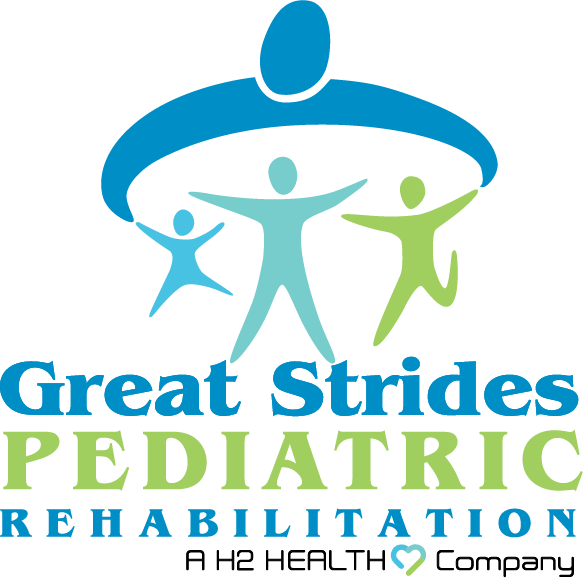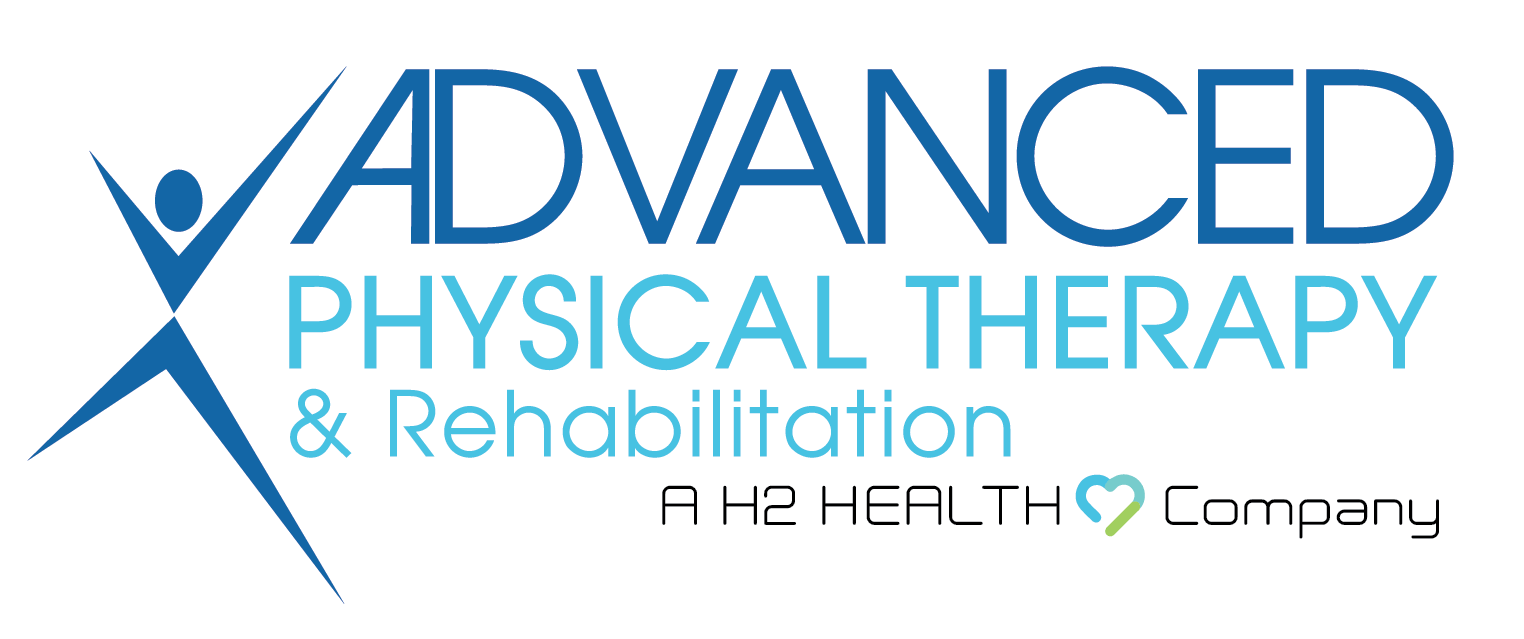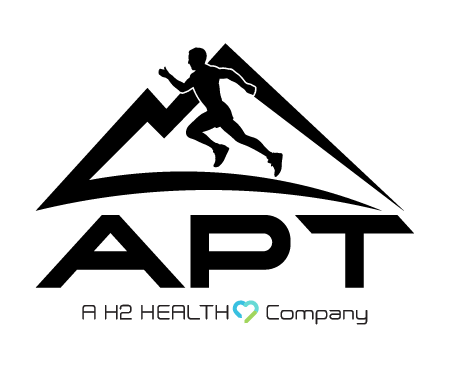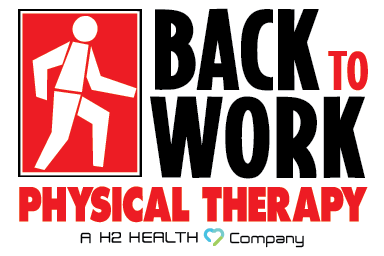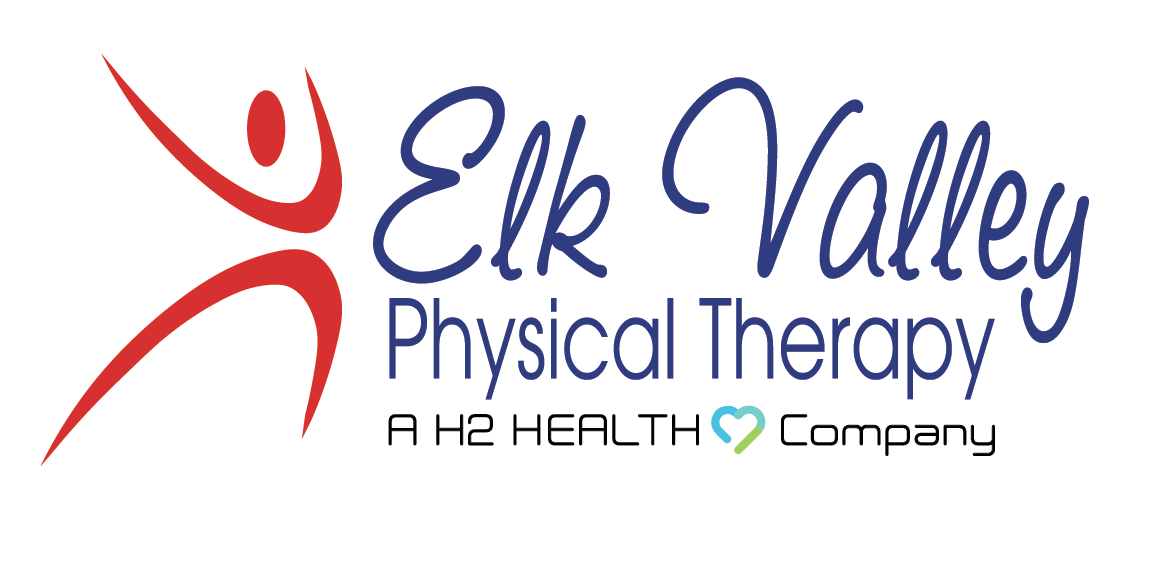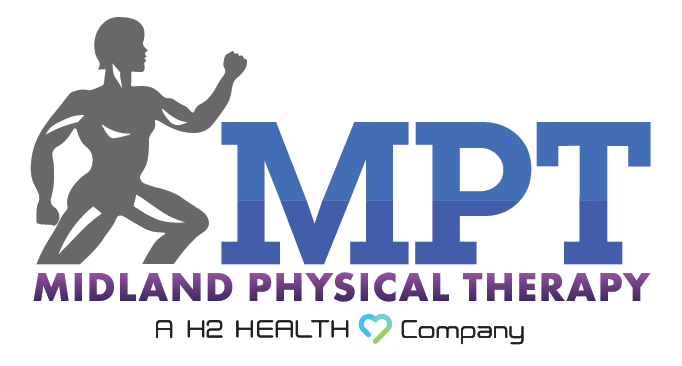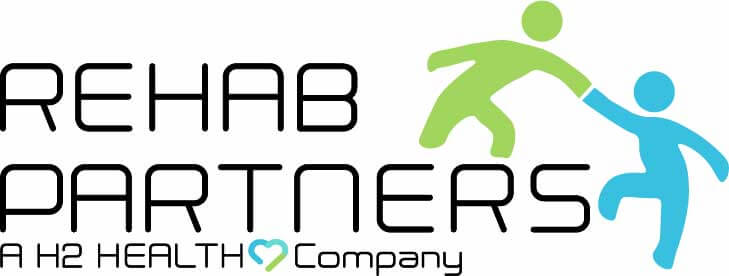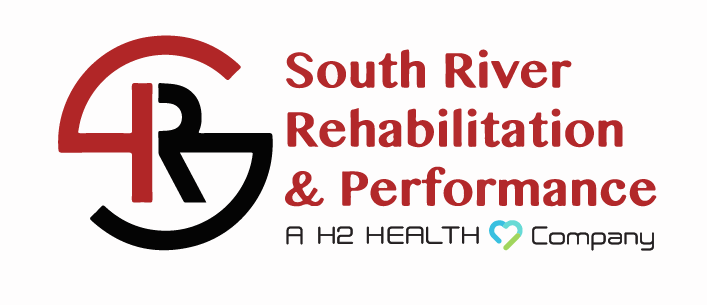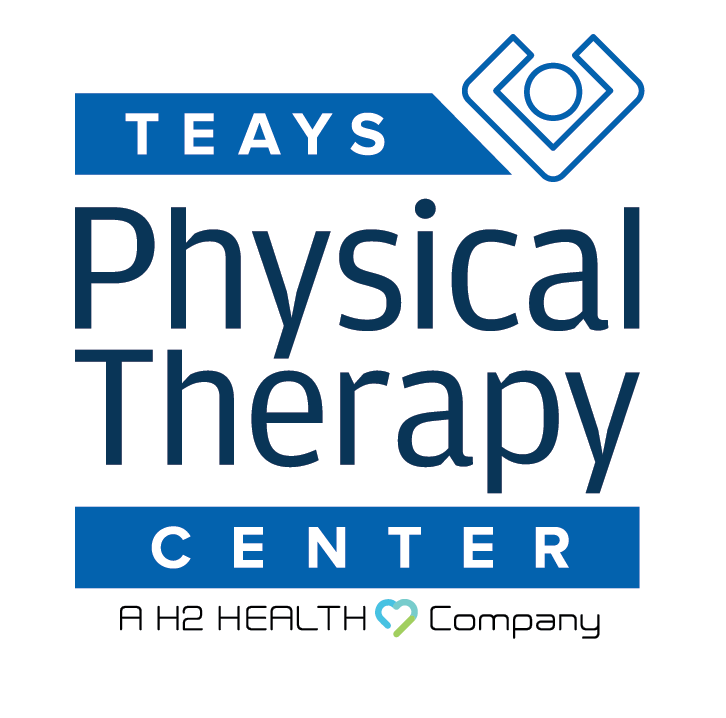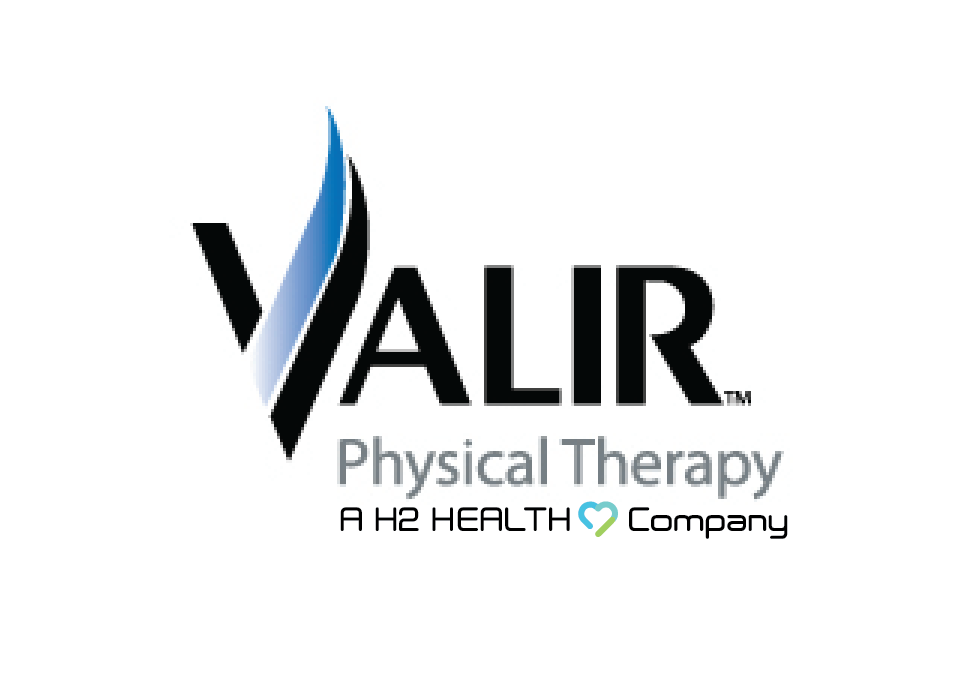
Falls are one of the major public health concerns. According to reports, more than 1/3 of adults aged 65 and older fall each year in the US, and between 20 and 30% suffer moderate to severe injuries due to falls.
Many things can contribute to falls, including balance or walking problems, multiple medications, positional low blood pressure (orthostatic hypotension), home hazards, and feet and footwear issues. The good news is that several physical therapy techniques can improve a patient’s balance and reduce the risk of falls. These techniques improve balance, strength, and coordination and are especially beneficial for older adults and people at higher risk of falls.
Let’s explore common balance and fall prevention physical therapy techniques.
Physical Therapy Techniques for Balance and Fall Prevention
Before recommending physical therapy techniques, a physical therapist performs a thorough evaluation, assessing your cognitive abilities, balance, strength, and walking ability. They will also perform home safety assessments and foot and footwear assessments. Then, they devise a plan, which may consist of the following physical therapy techniques and exercises.
Balance Training
Balance training is one of the most effective parts of fall prevention. A physical therapist can safely guide you through balance exercises that gradually challenge your ability to keep your balance, improving your ability to maintain your balance in activities of daily living. These exercises can also help you recover from a loss of balance.
Some examples of balance exercises include standing on one foot, balance board training, and heel-to-toe walking.
Strength Training
Strengthening, combined with balance exercises, plays a crucial role in fall prevention, especially in older adults at increased risk of falls.
A physical therapist can design a personalized strengthening program focusing on building and strengthening muscles important for balance and stability, such as leg, hip, and core muscles. The program can improve your standing balance while walking and your ability to recover from balance loss.
Common strength training exercises include squats, lunges, calf raises, and rows.
Common strength training exercises include squats, lunges, calf raises, and rows.
Flexibility Exercises
A physical therapy program for balance and fall prevention may also include flexibility exercises such as stretching that can help improve your range of motion and reduce the risk of muscle strains. Improved flexibility can make it easier to maintain balance and avoid falls. Common flexibility exercises include hamstring stretch, calf stretch, quadriceps stretch, and hip flexor stretch.
Gait Training
Some people, especially older adults and people with neurological conditions such as stroke or Parkinson’s disease, are at higher risk of tripping and falling due to their walking patterns.’
A physical therapist can work with you to assess your current walking pattern and identify any areas of improvement. They can recommend specific exercises to improve gait patterns and reduce the risk of falls. If you use assistive devices such as canes or walkers, they can help you learn how to use them safely to avoid the risk of falls.
In addition to the aforementioned exercises and training, physical therapy for balance and fall prevention may also include:
- Vestibular rehabilitation therapy and vestibular strengthening activities for people who have vestibular problems.
- Benign paroxysmal positional vertigo treatment techniques such as the Epley maneuver
- Home safety education
Physical Therapy in Virginia Center for Spine & Sports Therapy
At Virginia Center for Spine & Sports Therapy, a partner of H2 Health, we offer a wide range of services to help people with balance problems. Our team of highly trained and experienced physical therapists, occupational therapists, and sports medicine physicians uses a variety of techniques, including balance training, gait training, vestibular rehabilitation, and other therapies, to prevent the risk of falls.
If you would like to know more about us or want to schedule a consultation with one of our providers, call our location near you or fill out our online appointment request form.

